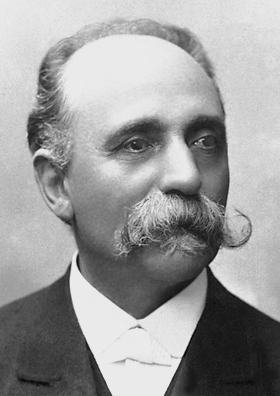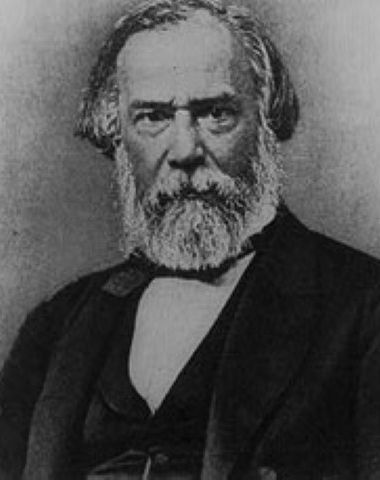Named Lectures
The European Academy of Neurology has installed three series of named lectures. They are named after three outstanding European neurologists and are reserved for outstanding active basic and clinical scientists.
The awardees are selected by the EAN. Self-applications are not possible. Potential speakers are nominated by the members of the board, all committee members and the chairs of the scientific panels. The Board and the Programme Committee will select the award winners out of these nominees.
It is the highest scientific honor of our society. These lectures will be presented at the annual congress during the presidential session or as free-standing plenary lectures. They will not necessarily be presented every year but in an irregular sequence which will be decided customized by the board and the Programme Committee.
The Moritz Romberg Lecture
EAN Clinical Award
The M. Romberg lecture is to recognize and honor an outstanding, influential and exemplary clinician in Neurology. The selected lecturer must show evidence of exceptional contributions to Neurology which have resulted in better understanding of the etiology, diagnosis or treatment of neurological diseases and should have meaningfully added to clinical practice in Neurology. The selected lecturer must also demonstrate evidence for consistent dedication to teaching and mentoring in Neurology.
Moritz Heinrich Romberg (1795-1873) was a German-Jewish physician from Berlin. He revolutionized European neurology by publishing his ‘Lehrbuch der Nervenkrankheiten des Menschen’ (Textbook of the Diseases of the Nervous System): the first systematic textbook in neurology between 1840 and 1846. He is engraved in the neurological examination with the Romberg-sign.

The Camillo Golgi Lecture
EAN Award for Morphology and Molecular Research
The C. Golgi lecture is to recognize and honor an outstanding and commendable basic or clinical Neuroscientist. The selected lecturer should have made major contributions in the field of modern neuroanatomy, imaging or molecular research leading to major progress of neurological sciences and having resulted in better understanding of the cause or diagnosis of neurological diseases and the nervous system. The selected lecturer must also demonstrate evidence for consistent dedication to teaching and mentoring in Neurology.
Camillo Golgi (1843-1926) was Italian and is recognized as the greatest neuroscientist and biologist of his time. He received the Nobel Prize in Physiology and Medicine in 1906. The Golgi tendon organ is named to honor him, and with his Golgi staining technique he made major discoveries of the anatomy of the nervous system.

The Charles-Édouard Brown-Séquard Lecture
EAN Award for systems neuroscience, functional neurology and functional imaging
The C. Brown-Séquard lecture is to recognize and honor an outstanding and commendable basic or clinical Neuroscientist. The selected lecturer should have made major contributions in the fields of systems neuroscience, e.g. functional imaging, neurophysiology or computational neuroscience leading to major progress of neurological sciences and having resulted in better understanding of the cause, diagnosis or even therapy of neurologic diseases. The selected lecturer must also demonstrate evidence for consistent dedication to teaching and mentoring in Neurology.
Charles-Edouard Brown-Séquard (1817-1894) was a French-British physiologist and neurologist from Mauritius living mainly in Paris. He was particularly interested in spinal cord physiology and first described and explained the clinical hemisection syndrome of the spinal cord.
